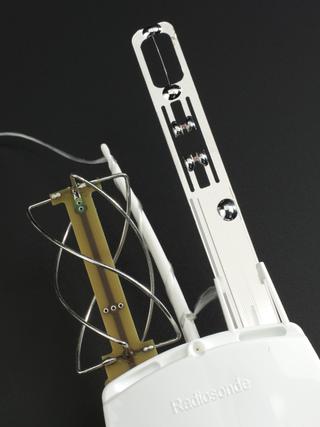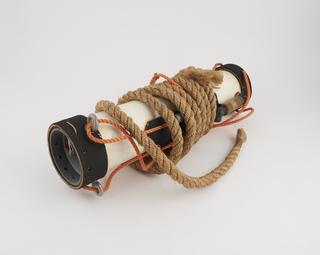
Campbell-Stokes type burning-glass sunshine recorder, 1899
- inventor:
- John Francis Campbell
- maker:
- George Gabriel Stokes and Short and Mason Limited




Campbell-Stokes sunshine recorder by Short and Mason, 40 Hatton Garden, London, 1899
John Francis Campbell (1822-1885), born on the Hebridean island of Islay, first devised a sunshine recorder using a glass sphere set in a wooden bowl. Hours of sunshine were indicated by a scorch mark on the bowl. Stokes modified the stand, making it of metal and holding a card for the day at the back of the globe. This is a side view of an example by Short and Mason.
Details
- Category:
- Meteorology
- Object Number:
- 1909-132
- Measurements:
-
overall: 265 mm x 235 mm x 230 mm, 9.06kg
- credit:
- J.C. Stevens (Auction Sales)




